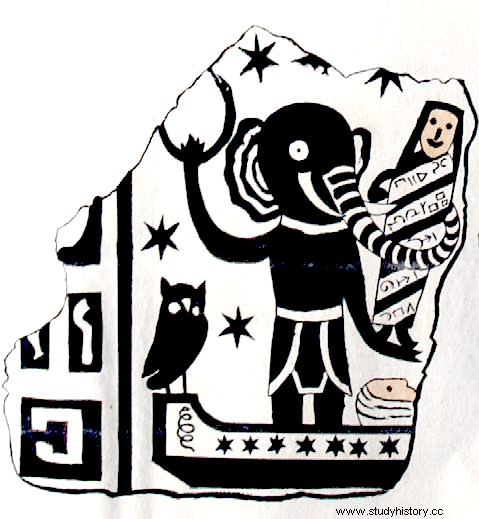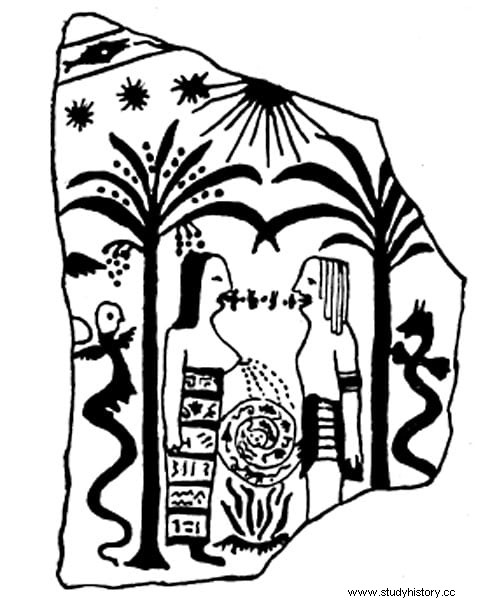On March 9, 1850, a group of workers working on the widening of the port of Tarragona found a marble sarcophagus with strange reliefs and inscriptions, among many other remains of the ancient Roman city.
Without knowing what that rock was, the workers were breaking it into pieces to be able to extract it. So when local antiquarian and archaeologist Buenaventura Hernández Sanahuja arrived at the place the destruction was already capital. However, the sight of those fragments was enough for him to conclude that it was an Egyptian sarcophagus , and he recognized the reliefs as representations of Hercules .
Indeed, the main panel of the sarcophagus shows Hercules astride the Straits of Gibraltar with a zodiacal bow above his head. To his right, a procession of settlers with their animals is heading from Egypt (identified by the presence of a crocodile and palm trees) to Spain.

The story fits in with ancient mythological legends, which speak of a hero, a mixture of the Greco-Roman Hercules and the Phoenician Melkart , who would have led a large army from Egypt to Spain, dying in battle and being buried in Gades (Cádiz).
Sanahuja realized that he had in his hands the link that was missing to relate Hercules to Spain and to the land of the pharaohs, and he published his discovery and theory in Resumen Histórico-Crítico de la Ciudad de Tarragona desde its foundation until the roman times in 1855.
According to him, the Hyksos would have moved to the Iberian Peninsula after their expulsion from Egypt in 1550 BC. and they would have been the builders of the first walls of Tarragona. The Egyptians would have persecuted them, allying with the local populations to defeat the invading Hyksos. The leader of the Egyptians, Hercules, would have died in battle and the sarcophagus would belong to him or one of his descendants.

But the reaction of international experts was not what Sanahuja expected. They considered it a joke in bad taste and scoffed at the clumsy nature of the reliefs , among which there was even a god with the head of an elephant, dressed in a skirt and holding the trunk of a mummy standing in a boat. The least considered it, at most, a work of Roman times , a fake that tried to imitate an Egyptian tomb, although without going into considerations of the reasons that the Romans would have had to do that.
Embarrassed, Sanahuja destroyed all the copies of his book that he could, and today finding a copy is an arduous and difficult task.
Sixty years later, in 1916, researcher A. L. Frothingham published an article in the American Journal of Archeology , in which he used a piece of the sarcophagus as evidence of Phoenician iconography. This fragment shows two figures, a man and a woman standing between two palm trees, with two serpent-like figures on either side. Frothingham identified them as Baal and Tanit, two of the deities of the Phoenician pantheon.

However, he described the fragment as coming from a circular artifact, and not as part of a sarcophagus, so perhaps he did not know much about its true provenance. In 1921 Pierre Paris returned to the subject in Revue Archéologique , denouncing the sarcophagus as a childish parody of Egyptian art.
Years later Sanahuja would be appointed Inspector of Antiquities and in 1873 he would become the first director of the Archaeological Museum of Tarragona. As for the fragments of the sarcophagus, they remain stored in the Royal Academy of History in Madrid, without anyone having bothered to study or analyze them again, so their authorship and date of completion remain a mystery.
